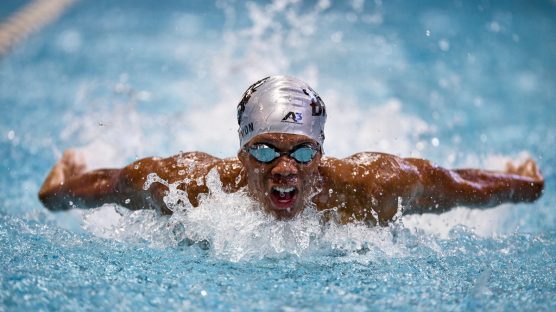Both jogging and swimming are excellent forms of exercise that offer a wide range of benefits.
The specific benefits and the best form of exercise for an individual will depend on their fitness level, goals, and personal preferences.
Jogging is a weight-bearing exercise that is great for building and maintaining bone density, as well as improving cardiovascular fitness. It is also relatively easy to do and doesn’t require any special equipment.
Swimming, on the other hand, is a non-weight-bearing exercise that is easy on the joints and is a great option for those with injuries or chronic pain. It is also a full-body workout that can improve cardiovascular fitness, build muscle, and increase flexibility.
Both jogging and swimming can burn a significant number of calories, with swimming typically burning slightly more calories per hour. However, jogging may be better for building definition in the legs and glutes, while swimming is better for toning the upper body.
Both jogging and swimming are suitable for people of all ages. However, jogging may be more challenging for older adults or those with joint problems, while swimming can be a great option for older adults or those with mobility issues.
In terms of exhaustion and sustainability, it can vary depending on the individual and their fitness level. Both jogging and swimming can be challenging, but with proper training, they can be sustainable for most people.
Both jogging and swimming are excellent forms of exercise and can provide numerous benefits to the body. However, which one is better depends on the individual’s goals, preferences, and physical ability.
In terms of calorie burn, jogging and swimming can both be effective ways to burn calories.
Jogging is considered a high-impact exercise that can burn a significant amount of calories per hour, especially if you increase your intensity or add incline to your workout. Swimming, on the other hand, is a low-impact exercise that can burn calories at a moderate rate, but it may take longer to achieve the same calorie burn as jogging.
Regarding body definition, both jogging and swimming can help to tone muscles and improve overall body composition. Jogging can help to develop leg muscles, while swimming can tone muscles throughout the body, including the arms, and core.
In terms of age range, swimming is generally considered a more suitable exercise for people of all ages, including those with joint pain or limited mobility. Swimming is a low-impact exercise that puts less stress on the joints, making it a great option for seniors or people with injuries. Jogging, on the other hand, can be more challenging for people with joint pain or conditions such as arthritis.
Both jogging and swimming can be exhausting, but they offer different types of challenges. Jogging can be more physically demanding and may require more stamina and endurance, while swimming can be more challenging in terms of technique and breath control.
In terms of sustainability, both jogging and swimming can be sustainable forms of exercise, but it’s important to listen to your body and not overdo it. Jogging can be tough on the joints and may require adequate rest and recovery time, while swimming can be sustainable as long as you maintain good form and avoid overexertion.
In conclusion, both jogging and swimming can offer numerous benefits to the body and can be effective forms of exercise. The choice between jogging and swimming ultimately depends on personal preference, physical ability, and fitness goals.


